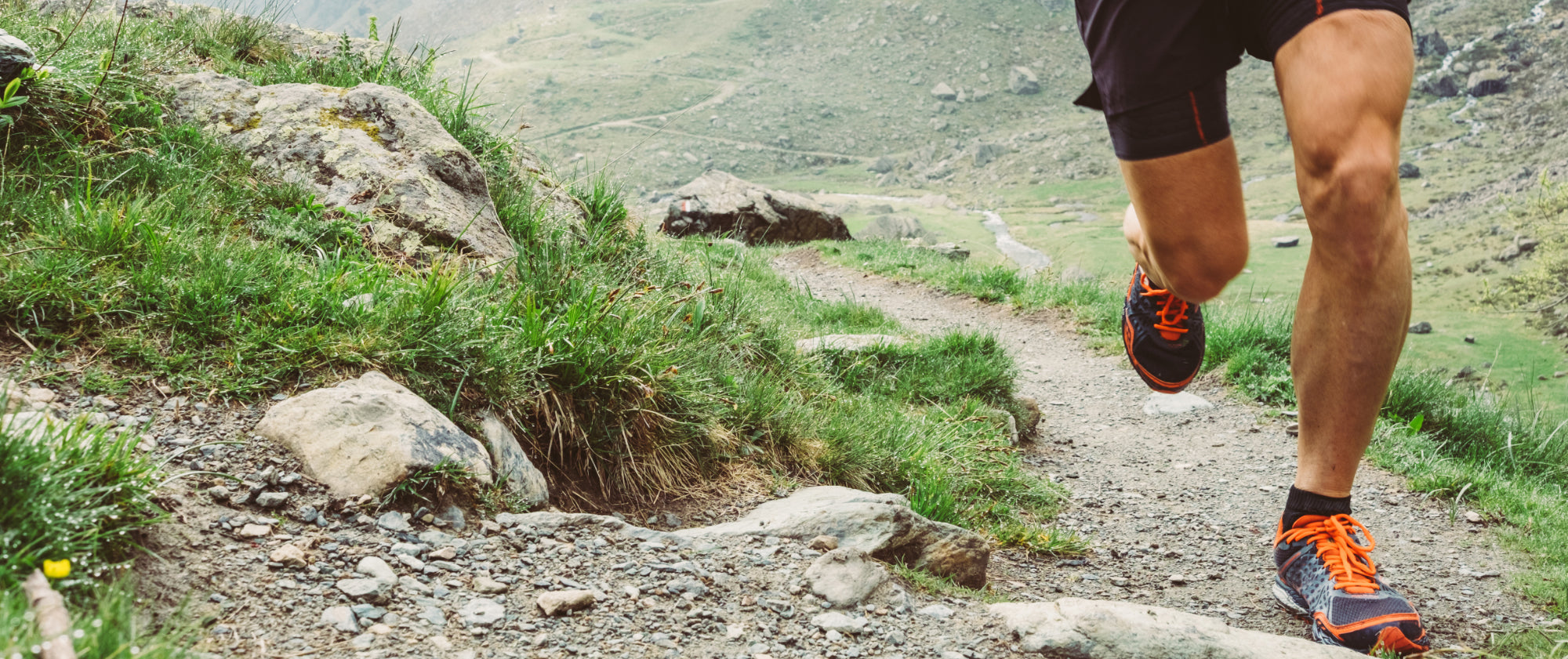
Rucking or running – which is best for burning calories and getting fit?
Is rucking better than running? Here’s how to use rucking, running, or maybe both!
Rucking (long distance walking with a weighted pack) and running are both great ways to get fit and enjoy the outdoors. But is one better than the other? What are the pros and cons of rucking vs running? And can you combine both activities for the ultimate outdoor fitness routine?
What’s the difference between rucking and running?
At first glance, rucking and running seem pretty similar. They’re both outdoor activities involving using your own body to move forwards. But rucking and running have some significant differences which might influence your decision about which is best for you.
First up, the kit. Rucking obviously needs a weighted pack (ruckpack) or rucking weight plate carrier to give you the additional weight that is fundamental to rucking. And you’ll probably want to wear different footwear for rucking and running. On the other hand, running is pretty much a case of (decent) shoes on and off you go.
Low impact rucking vs higher impact running
Research shows that rucking carries less risk of injury than running, due to the difference in impact. Rucking is a lower-impact activity than running (despite the fact that rucking is weighted). If you’ve suffered with injuries from running in the past, make the switch to rucking to get fit without the injury risk!
Does rucking get you fitter than running?
What’s your fitness goal? If you want to do an activity that gives you a balance of cardiovascular fitness, endurance, and muscle gain, rucking ticks all the boxes. Running is predominantly a cardiovascular activity that builds baseline fitness and burns calories.
Rucking – with its additional external weight – builds fitness, endurance, stamina, and can build and maintain muscle mass throughout the entire body from shoulders and back to core and legs.
Which burns more calories rucking or running?
Which activity burns more calories? This depends on how long you do it for – and that’s why rucking tends to win points here, too. Most people struggle to run for a long time without stopping. Whereas the majority of people find it easier (and more enjoyable) to ruck for a longer period of time. And because you’ll recover more quickly you can do it more regularly, which will burn more calories over a week or month.
Don’t make the mistake of thinking rucking doesn’t burn many calories because it’s “only walking”. For one thing, walking burns plenty of calories. And rucking isn’t just walking, it’s walking with a weighted pack on your back over varied terrain. Rucking combines cardio with weight bearing (resistance) training for a full-body workout.
Can you ruck more regularly than running?
Yes, most people can ruck more often than they can run. This is because of the high-impact nature of running and the resulting wear and tear on joints. Most people will be able to ruck on back-to-back days, and build up to long rucks of several hours. The vast majority of people couldn’t do that with running.
If you build up your rucking weights, distances, and durations sensibly, you’ll be able to do long rucks or a series of shorter ones every week. And you can carry food, drink, and kit with you when you’re rucking to support longer (or all-day) rucks! It’s hard to do that as a runner.
Can you combine rucking and running in a fitness routine
If you’re looking for an activity that burns calories, gets you fit, builds muscle and allows you to enjoy the mental health benefits of outdoor exercise, rucking ticks all the boxes. But perhaps you enjoy the occasional short run. Or maybe you compete in running races. In that case, you’ll be wondering how can I do rucking and running in the same week?
How rucking can boost your running training
Rucking can be a great way to runners to get strength training and active recovery into their running programming. Think of rucking as a low-impact type of cross training that you get to do outdoors.
Prioritise your key running sessions like speed work, intervals, and tempo runs. Replace your long, slow runs and any recovery runs with rucking sessions. See how it works for you – you will probably find you boost your base fitness and recover faster.
Should you choose rucking or running?
We think rucking beats running hands-down – unless you actively enjoy running or like to do running events or races. In that case, try combining the two as explained above.
But if you’re looking for an enjoyable form of exercise that gets you seriously fit, builds muscle, burns calories and won’t risk your joint health, try rucking!
Check out the Force Fitness online store for a selection of top-quality rucking backpacks and rucking plate carriers, plus extra rucking weights.







